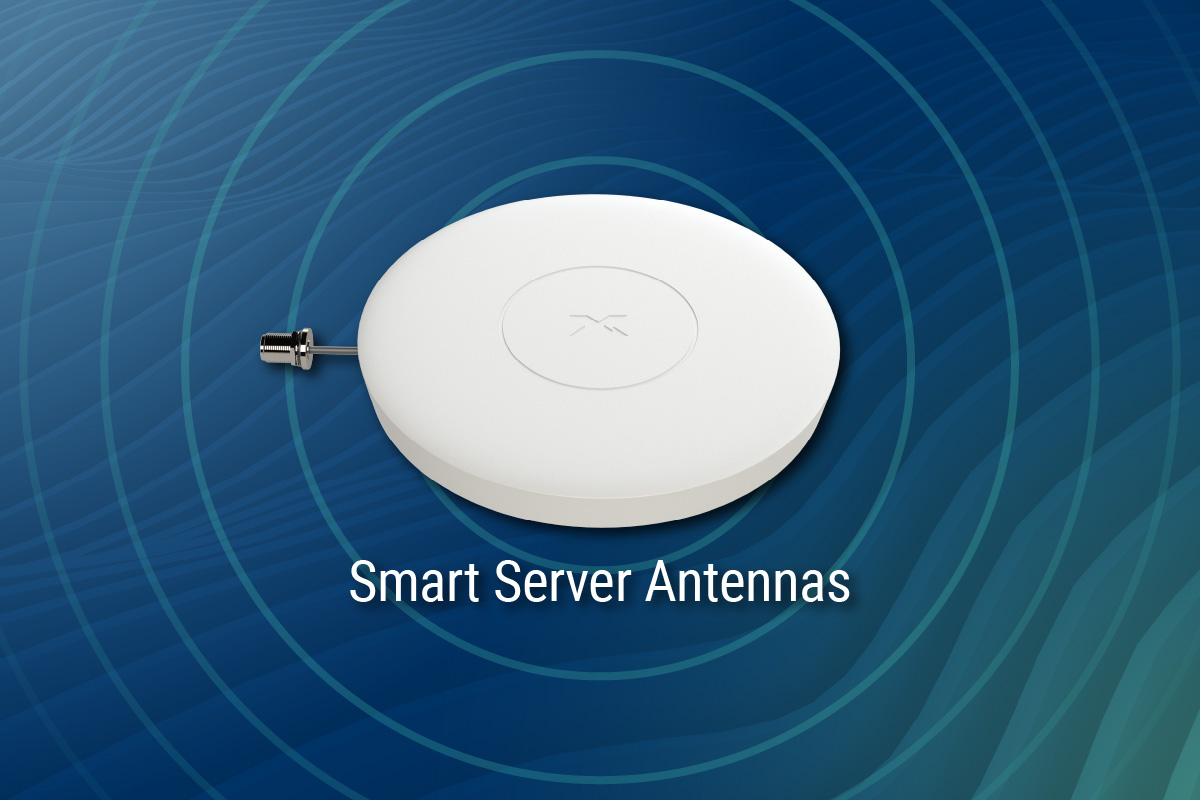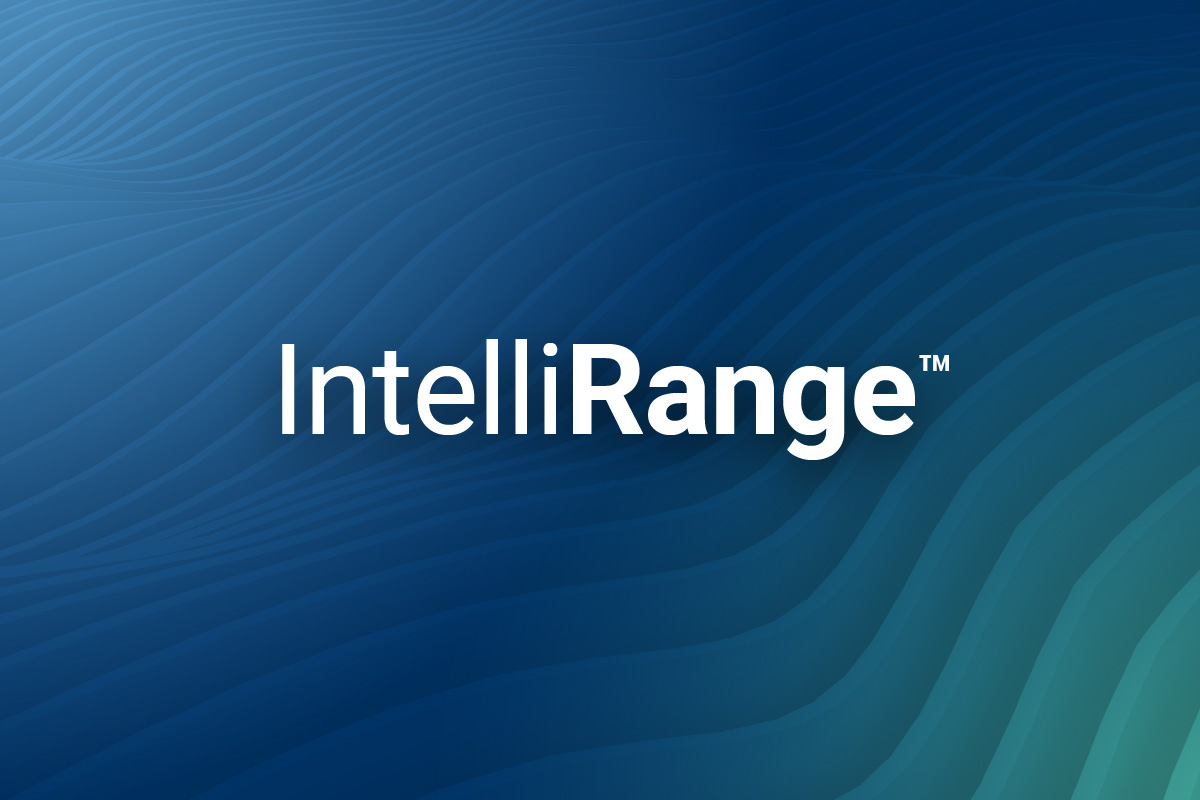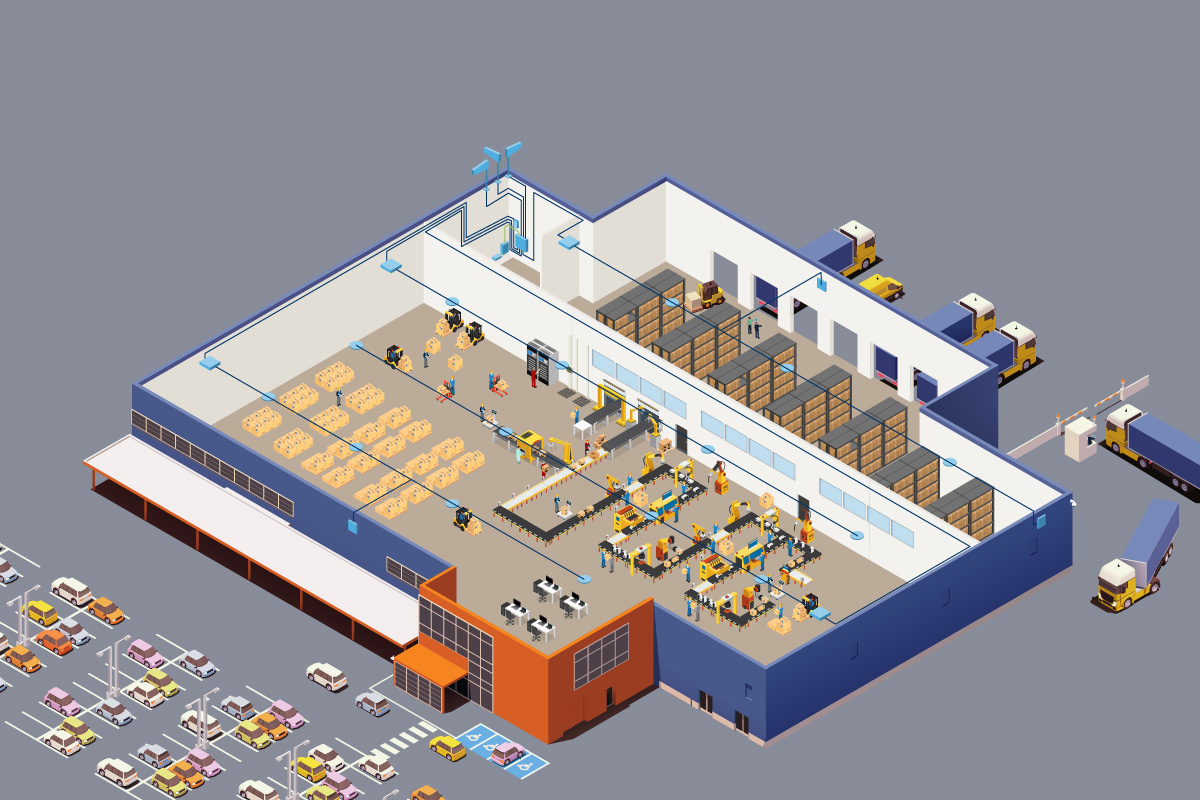Good cellular reception is critical to occupancy rates – whether in apartment or office buildings, warehouses, retail spaces, restaurants, fitness centers, parking garages or multi-use buildings. Tenants and guests expect to be able to use their cell phones whenever and wherever they want for convenience, business, entertainment, safety or just to stay in touch.
It is common nowadays for potential tenants to check for good cell phone signal in a facility before they sign a lease. And no building owner wants complaints from existing tenants about poor cell phone connection inside their building.
Unfortunately, many buildings have poor cellular reception and dead zones in all or crucial parts of the facility as there are many factors that inhibit good cellular signals inside a building. Size and construction of the building, location, environmental obstacles like other buildings or hilly terrain, and the location of cell towers can all block the cellular signal. The number of users on a network can also affect cellular coverage, which is why coverage may vary between time of day, or day of the week.
Today there is technology that can resolve these cellular connectivity issues in virtually any building. Different coverage needs, signal source availability, and building layouts will drive the requirements for an optimum solution and deployment model. This is particularly applicable in multi-use buildings that may require a greater flexibility of hardware configurations for different parts of the venue.
The choice of technology can make an enormous difference in the cost and time of implementation as well as the quality of cellular reception occupants end up experiencing.
All technology is not equal
There are three basic categories of technology that can be used to improve cellular reception in commercial buildings that generally range from 30,000 to 500,000 square feet. These are: analog passive DAS (Distributed Antenna Systems), also called BDA (bidirectional amplifiers) and repeaters; active DAS solutions; and active DAS hybrids. There are important differentiators in these technologies that determine which is the best fit for a venue.
Flexible Signal Source
In-building cellular coverage is all about distributing cellular signals to where they need to be: users. When building occupants do not have good cellular reception, it is necessary to circumvent external or building construction obstacles, like cement walls or tall buildings surrounding the property. This is done by positioning antennas outside the building and configuring them to point in the right direction to pick up the correct and best signals from the cell towers (called the macro network or macro cell towers).
In some cases, the macro network signal is so weak outside that it cannot be sufficiently amplified inside the building to provide occupants with good cellular reception. This is common in rural and remote locations, or where there are prominent external obstacles between the macro towers and the building, such as hills or high rises. In these cases, small cells can be installed in the building that bypass the macro cell towers and deliver signal directly to the building. Macro cell towers are designed to provide signal to very large areas, while small cells augment signal delivery for smaller, focused areas. Small cells generally look similar to a WiFi router. Active DAS and some active DAS hybrids are able to connect directly to a small cell when a stronger cell signal is needed than available from the macro network.
Analog Versus Digital
Once the signal is delivered to the headend (control center) of the cellular amplification system, it is transmitted to internal antennas positioned inside the building where stronger signal is needed. The internal antennas rebroadcast the signal throughout the building to and from user equipment (cell phones or other cellular connected devices). The headend is connected to the internal antennas using cable.
Analog BDA Passive DAS/repeaters push the signal out over coaxial cable. When coaxial cable is used, the signal degrades over the distance of the cable which reduces its power at the end point, the antenna.
Newer digital-based in-building coverage systems for commercial buildings take the source signal and digitize it, such as the active DAS hybrid by Nextivity called CEL-FI QUATRA. Then the signal is sent to the internal antennas over Category 5 (Ethernet) cable, a much lighter-weight medium that doesn’t lose any signal over the course of distribution.
Some digital systems, such as an active DAS, use fiber for some or all of the signal distribution. Fiber has advantages in the amount of data it can transport versus Ethernet cable, and in the distances it can support between the source and distribution point. It can be kilometers. While the benefits of fiber are numerous, the high cost and complexity of installation makes it an overkill for a building under 500,000 square feet that can get the excellent cellular coverage needed with technology that is less expensive and faster to install using Ethernet cable.
Ethernet cable can also be used to distribute power directly to the internal antennas (called PoE or Power over Ethernet) so no additional power outlets need to be installed in the building for the internal antennas to be placed where most needed.
Stronger signal means bigger coverage footprint and better reception
Cellular signal comes into a facility at a certain power level. These inbound power levels can be very low or they can be high, which is why many solutions providers will insist on a site survey prior to designing a system. Cellular signal amplifiers raise the input signal power. This is called “gain”.
The amount of gain is important because the signal power from an internal antenna defines the system’s coverage footprint. More power delivers a bigger footprint. The best-performing systems will get as close as possible to regulatory limits that are set by the FCC, without exceeding them.
Gain is normally measured in dB (decibels, a measure of sound level). BDA passive DAS are allowed a maximum 70 dB gain by the FCC. The active DAS hybrid, CEL-FI QUATRA, is allowed up to 100 dB gain per carrier by the FCC. As dB is calculated exponentially, this equates to a 1000 times stronger signal. The gain dB is an important spec to compare when choosing the optimum solution from a coverage, configuration and cost perspective.
Systems with intelligence are just smarter
The environment where cellular operates is not static. There are many variables that change a cellular signal environment and require the network to adapt. This is why intelligence built into the system can make a major impact on the quality and footprint of cellular reception inside a building. For example:
- Intelligently amplifying only the desired carrier signals and filtering out unwanted noise, adding or subtracting gain as needed. The less noise in the network, the better quality of service.
- Intelligent echo-cancelling allows the units to produce more power, which delivers a bigger coverage footprint, without risk of isolation or other negative outcomes.
- Intelligent self-configurating during installation for optimum settings and reduced installation time and cost.
Installation and maintenance
While an Active DAS is the best technology for very large venues of a million square feet and more, it is the most-costly per square foot for buildings under 500,000 square feet. It can also take as long as 18 months or longer to install the equipment and negotiate the agreements needed with each carrier to connect the Active DAS to their networks.
Both a BDA passive DAS and active DAS Hybrid can be installed rapidly, sometimes in just days depending on the size of the venue. Both of these systems cost only a fraction of an Active DAS. As the venue size increases from 30,000 to 100,000 square feet and larger, extensive field testing has shown that the cost of CEL-FI QUATRA hardware can be as much as 25 percent lower cost than a BDA passive DAS due to the hardware flexibility and broader coverage footprint of the active DAS hybrid.
Maintenance costs can impact the budget too. Active DAS hybrids will not require any special maintenance agreements. However, both passive and active DAS are more complicated RF environments and will require regular maintenance. With these systems, it may be necessary to look at the cost of a maintenance contract with the installer.
Here are some examples of the cost and flexibility of active DAS hybrid installations in multi-use buildings:
Public safety and cellular in multi-use building
A new 4-story multi-use building in Korea Town, Los Angeles with apartments, retail space and a two-level underground parking garage needed to comply with National Fire Protection Association (NFPA) regulations for emergency responder radio coverage. To bring the public safety frequencies inside the building and the two parking garage floors below ground level, the building owners engaged Pacific Services, a San Clemente-based wireless integrator and Verizon and AT&T Solutions Provider.
“When tenants are in the parking garage at night, even though there are cameras in the garage, having a cellular phone connection makes the garage much safer for them in an emergency,” says Gary Greening, VP Operations at Pacific Services. “After surveying the garage and finding no cellular coverage down there at all, we went ahead and surveyed the rest of the floors of the building. There was basically spotty coverage everywhere.”
The building itself is in a pocket of other high rises – an 8-story building on one side and a big commercial building behind it – that blocked sufficient macro signal from penetrating into the upper residential floors. These residential floors were all wired for cable and Wi-Fi, but not for conventional phone lines, so tenants were expected to use their own cell phones. In the parking garage, the thick solid concrete walls and underground location blocked any macro cellular signal.
Pacific Services recommended installing an active DAS hybrid, CEL-FI QUATRA, with small cells as the signal source. The installation took two days to complete once the small cells were installed. The public safety system was installed at the same time. Pacific Services was able to place only two to three internal antennas (called Coverage Units or CUs) in optimum locations in the hallways on each floor and in the parking garage, without having to add power outlets. The CUs were only needed in the hallways on the upper floors to provide good signal inside all the apartments and shops because of the large QUATRA coverage footprint.
“We have tested other competitive products at the low end that would not be able to do that. We would have had to put antennas inside each of the apartments to try to get that kind of coverage,” says Greening. “The output power of CEL-FI QUATRA is very good when it has a clean donor signal like in a Supercell, and the penetration is excellent. We have been able to install a QUATRA Supercell for 50 to 60 percent less than the cost of other proposals the clients received.”
Fountain Place subterranean parking garage
Fountain Place is an architectural landmark in Dallas owned by Goddard Investment Group. It is a 58-story concrete and steel building with a three-floor, 400,000 square foot parking garage with 850 spaces. Because the parking garage is subterranean, cellular signals cannot penetrate through the gravel and dirt.
“Tenants wanted to talk on their cell phones in the garage, but their signals were so poor they couldn’t,” explains Benjamin Mullenix, an asset manager at Goddard Investment Group.
Initially Mullenix decided to go with a traditional active DAS solution. However, after three years, the system was still not complete, and would only provide coverage for two carriers, so he engaged Wytec International, a wireless integrator based in San Antonio, Texas, to provide an alternative solution.
“We recommended CEL-FI QUATRA, an active DAS hybrid, because it offers all the benefits of an active DAS and saved them more than half of what they were going to spend,” says Bob Merola, Chief Technology Officer at Wytec.
The entire project took 61 days to complete, from signing the agreement to complete installation. Mullenix says, “It went from not being able to hold a phone call to being able to make a phone call. We went from having nothing to having a signal.”
Different hardware configuration for Texas multi-tenant urban housing
A five story 430,000 square foot apartment building in Frisco, TX has a four-story parking garage in the center of the building surrounded by hallways, common areas and apartments. The apartments along the perimeter of the building were getting acceptable cellular reception, but the building construction – walls, glass, concrete and beams – was obstructing the signal in the center of the building.
Cellular Signal Solutions, a solution provider based in Texas, was engaged to resolve the problem. “The building owners wanted good cellular coverage in the common areas and garage for the convenience of tenants, but also for safety reasons,” says Troy Waldrop, president of Cellular Signal Solutions. “If you are a tenant and there is a fire on one side of the building or the electrical goes out so the hallways are dark and you can’t see, if you have a good cell signal you can use your phone to look around and to call 911.”
Cellular Signal Solutions installed the active DAS hybrid, CEL-FI QUATRA. Due to its flexible hardware configurations and broad coverage range, the system could be deployed at a considerably lower cost than active DAS and better coverage than BDA repeater systems available.
“Coverage Units were needed only in the hallways of the second and fourth floors because the signal was strong enough to push through to the floors above and below, providing 95 percent of the same coverage on the first, third and fifth floors,” says Waldrop. “This saved the building owner a significant amount of money.”
Waldrop also connected a passive DAS branch to one of the CUs in the parking garage to provide tight directional coverage with less equipment, further reducing the cost of the solution. Waldrop explains, “The building owners tried other systems in the past but weren’t please with the results. They love the results from CEL-FI QUATRA. I won’t install any other system to improve cellular reception.”
Savvy commercial real estate owners carefully evaluate the cellular coverage options and engage experts who are experienced in solutions for their type and size of buildings. For more information about CEL-FI QUATRA, visit www.cel-fi.com/quatra.
A version of this article was originally published by Connected Real Estate Magazine



